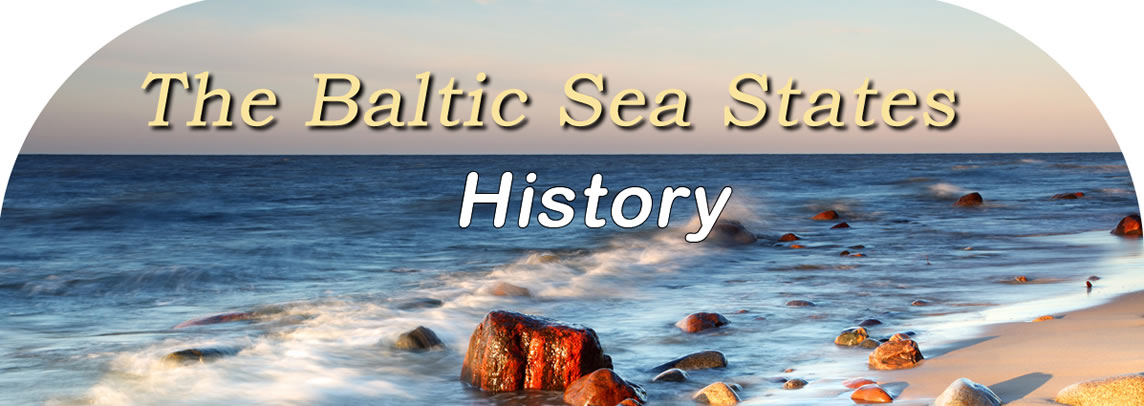
Norwegian History
Norway is a small,
independent country in northern Scandinavia. The population is
about 4.25 million and is predominately Lutheran. It is one of
the wealthiest nations in the world, as measured by gross
domestic product per capita.
The years from the 8th century to the mid 11th century is known
as the Viking Age. Skilful shipbuilders armed with weapons of
iron sailed the seas in search of land and wealth. They were
also capable merchants, craftsmen and farmers.
In the eleventh century the first towns appeared. Norway's
population reached 400,000 in the mid 1300s. From 1536 to 1814,
Norway had ten kings called either Christian or Frederik. King
Christian IV is the only one recalled today. After 1860 people
stated going to the America. When it was over, more than 800,000
had crossed the Atlantic.
Manufacturing industries shot up in the 1840s. The first textile
mills were opened in Oslo and near Bergen and Trondheim.
Engineering businesses opened up at about the same time. In the
1860s and 70s pulp mills and cellulose factories opened. By
1900, manufacturing industries counted for 28% of the gross
national product and employed over a fourth of the labor force.
The fishing industry starting modernizing around 1900. Fishing
boats were built with decks and engines, so the fishermen could
go further out to sea. New equipment leads to larger catches.
After the World War II, fishing fleets added trawl gallows and
ring nets to catch more fish while sonar and echo-sounders made
schools easier to find. On land, factories were built and
employees hired to process frozen fish, fish fillets, fishmeal,
and fish oil.
War and Occupation (1940 - 1945)
The Nazis invaded Norway in 1940, demanding a complete
surrender, and acceptance of occupation. These demands were
refused by the government, which moved with the royal family to
London. In May 1945 the Germans surrendered, and on June 7, 1945
the king and government returned.
After 1945
In 1969 Philips Petroleum discovered oil. The Norwegian
Parliament felt the state should have a role in this new
industry and Statoil was established. The state received large
shares in each discovery and became involved in the exploration,
production and refining of oil and gas. Oil activities also
benefited business and industry onshore. The petrochemical
industry grew and the production of platforms and equipment
created more jobs.
By the end of the 1930s, 60 percent of the total merchant fleet
consisted of motor ships. Following the German invasion, the
Norwegian government demanded the entire fleet work for the
Allies. Over 3,400 sailors died and nearly 60 percent of the
fleet was lost. After 1945, 30 years of growth restored the
fleet, but the 1970s economic crises and laid up half the tanker
fleet.
High costs in the early 1980s, made many ship owners registered
their ships abroad. To rejuvenate shipping, the Norwegian
International Ship Register (NIS) Act was enacted in 1987. By
1990 Norway's merchant fleet was the third largest in the world.

© Baltic21.org
2013, All Rights Reserved
|

